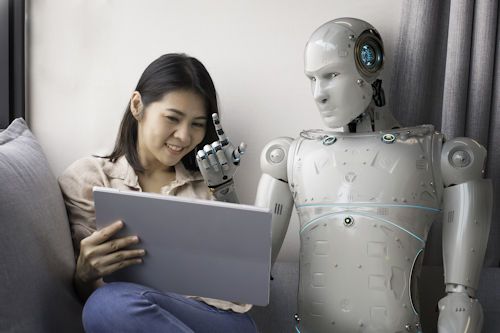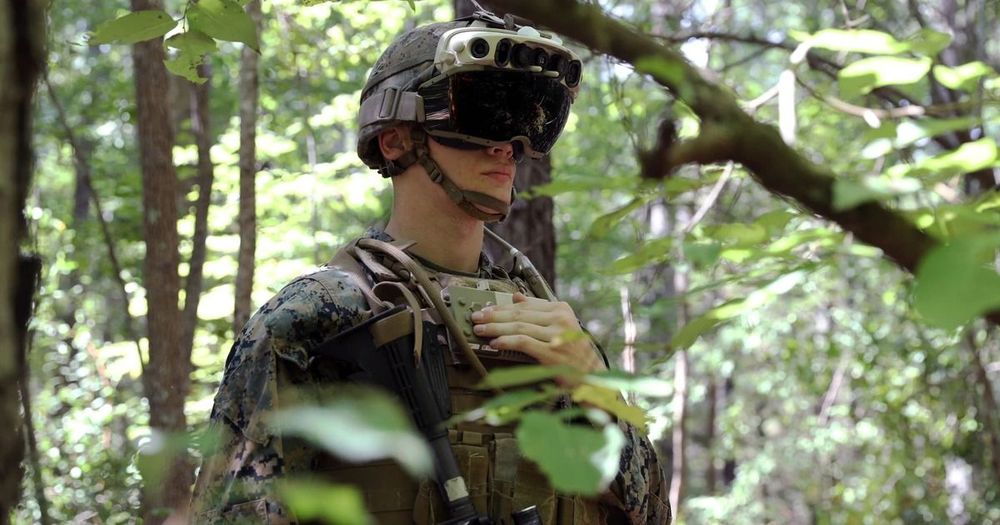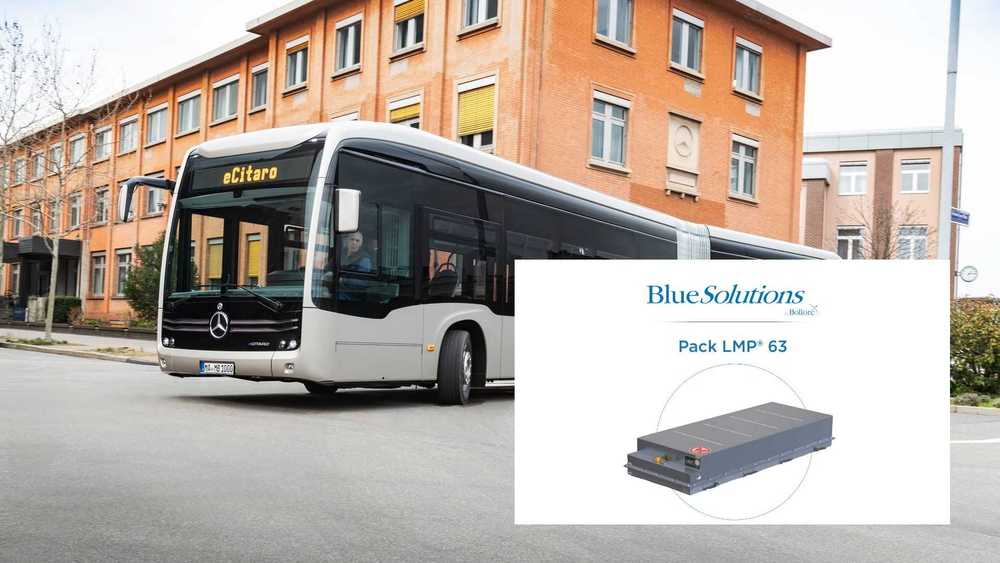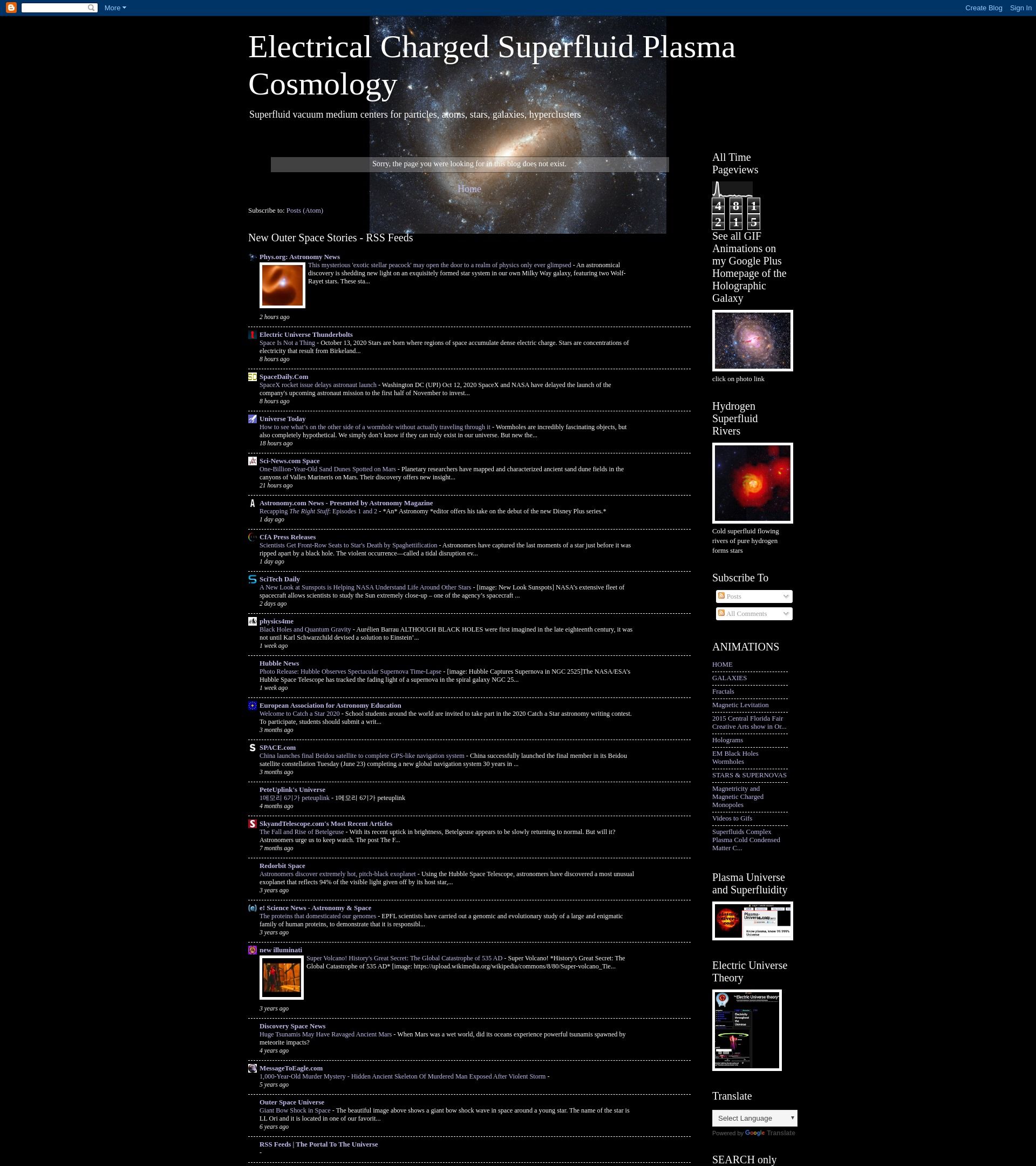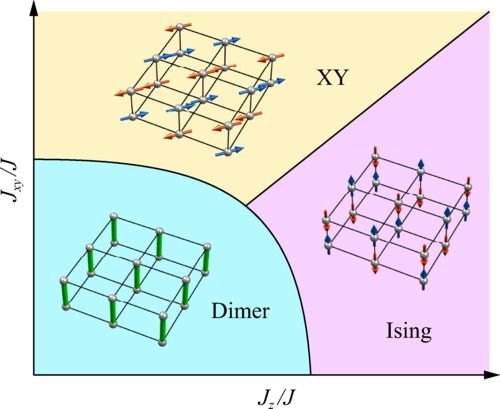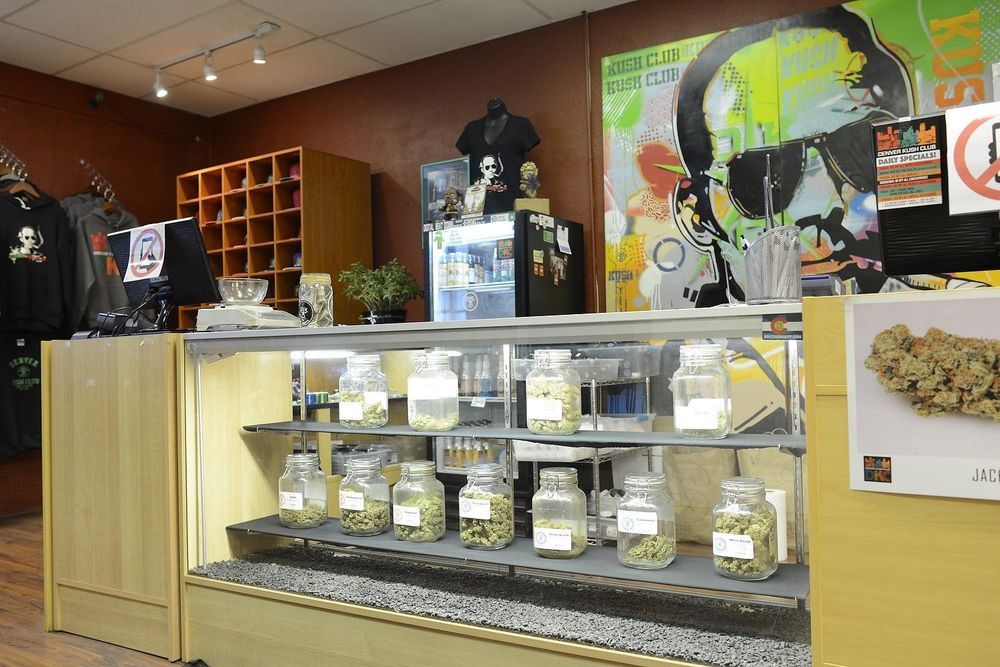Are we in a simulation?
In an influential 2003 paper, University of Oxford philosopher Nick Bostrom laid out the possibility that our reality is a computer simulation dreamed up by a highly advanced civilization. In the paper, he argued that at least one of three propositions must be true:
- Civilizations usually go extinct before developing the capability of creating reality simulations.
- Advanced civilizations usually have no interest in creating reality simulations.
- We’re almost certainly living inside a computer simulation.

